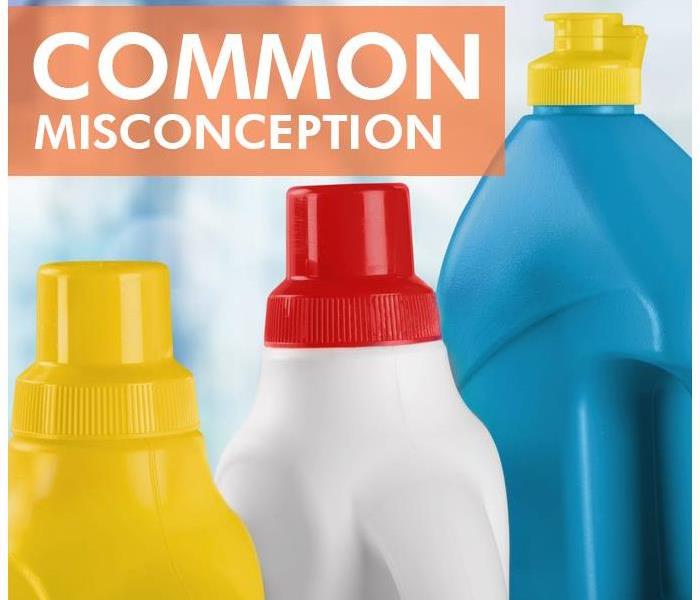Eradicating Mold Requires More Than Bleach
7/25/2019 (Permalink)
While you are busy running your business in Aqua Vista,CT, mold can sneak its way in and begin to spread. At the first sign of it, many business owners may be inclined to reach for the bleach for fungus cleanup. However, although bleach may clean the surface, it doesn’t penetrate beneath it.
Mold’s Life Cycle
As a living organism, mold grows, reproduces and repeats the cycle under the right circumstances.
- Starting as a tiny hypha, this cell gains nourishment from the enzymes of organic materials, eventually turning into a mycelium with visible hyphae clusters.
- Spores begin to develop on the hyphae, which can self-reproduce, and are released into the air.
- These hardy microscopic particles drift and find new areas to reproduce.
- After settling into a new area full of nutrients, the process repeats—and can do so continuously if left untreated.
Once it settles, the mold has thread-like roots that keep it firmly attached. For proper fungus cleanup, eliminating that system is the only way to be rid of the issue.
Downsides to Bleach
When it’s time to cleanup mold, people may not realize there is more there than what is visible. On porous surfaces, this standard cleaning product is unable to get to the roots. The cleaning component may kill what is on the surface, but the water in it can actually seep into the root system and provide additional nutrients for growth.
Since the spores reproduce and become airborne, a cleaning solvent is no match for this organism’s fight for life. By the time you’ve wiped away what can be seen, there is a good chance that the spores have already found themselves a new home.
The best method of fungus cleanup is one that prevents spores from repopulating. When mold appears, rely on a trusted professional to develop a treatment plan that can completely eradicate the problem and prevent it from happening again.






 24/7 Emergency Service
24/7 Emergency Service
